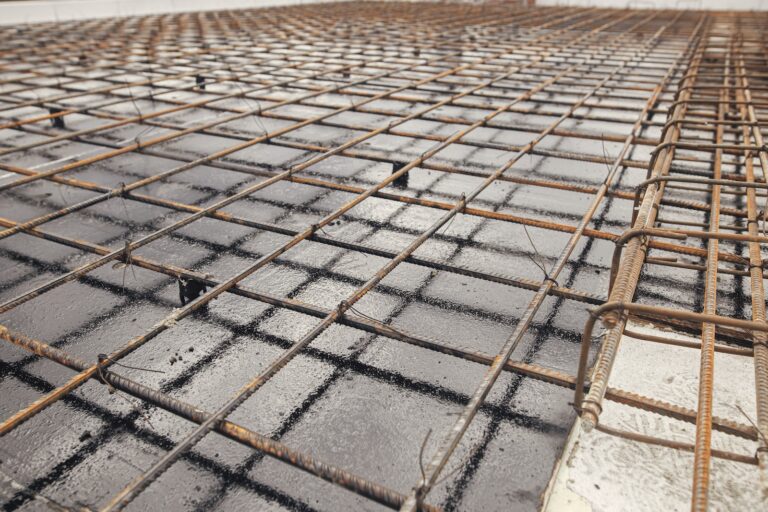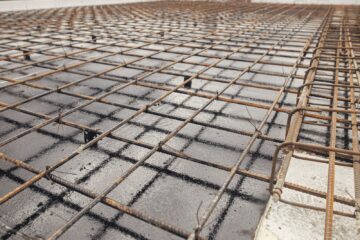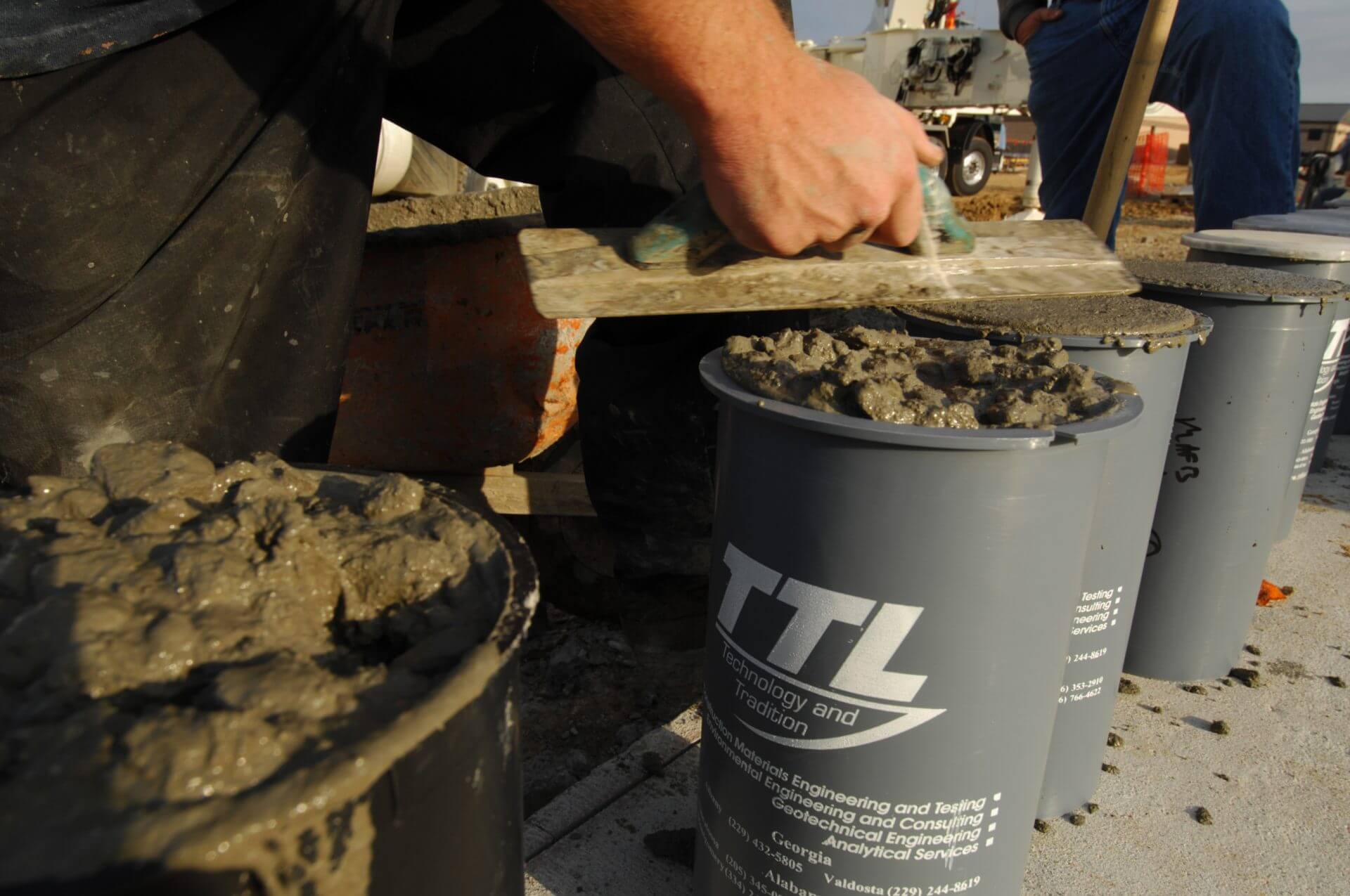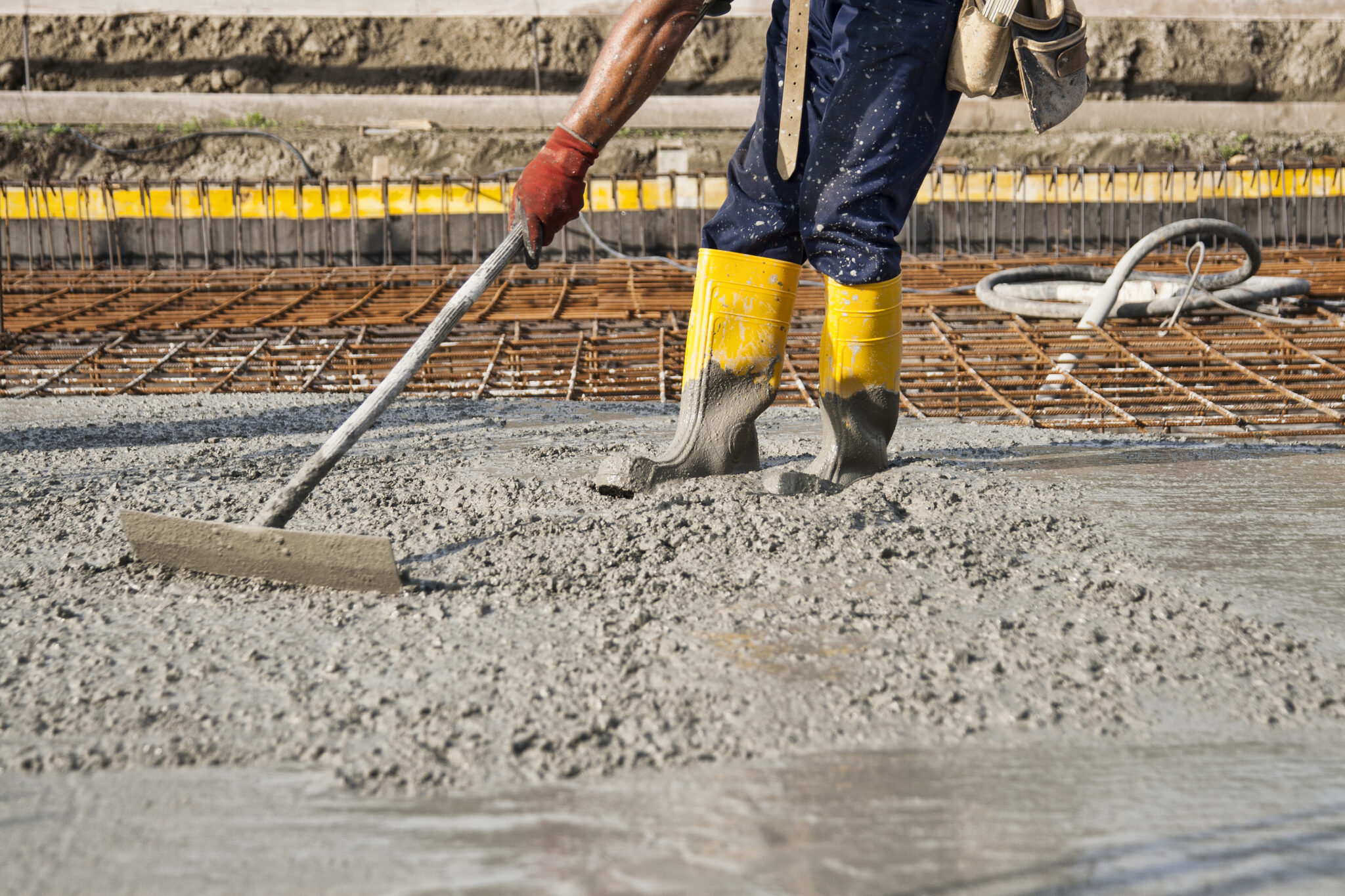Concrete curing is one of the most crucial stages in any construction project. As contractors and engineers know all too well, how well concrete cures directly impacts the strength, durability, and longevity of a structure. Yet, despite its importance, curing is often overlooked or not given the attention it deserves—leading to potential complications down the road.
Explore 12 Futuristic Technology Trends Solving Concrete's Biggest Challenges.
In this blog, we’ll explore what concrete curing is, why it’s essential for successful projects, the challenges that come with it, and how modern technology is changing the game for contractors and engineers across the UK.
What Is Concrete Curing?
Simply put, concrete curing is the process of maintaining the right conditions—temperature and moisture—so that the concrete can harden properly and reach its desired strength. During curing, the chemical reactions that occur within the concrete mixture (known as hydration) allow the concrete to continue gaining strength.
But here’s the catch: the curing process can take several days or even weeks, and the conditions during this period can make or break the final result.
Explore the ins and outs of concrete monitoring and the process of curing for optimal strength gain.
Why Curing Is Essential?
Proper curing is vital for a number of reasons:
- Strength Development
The longer concrete is allowed to cure under optimal conditions, the stronger it becomes. If the curing process is interrupted—by premature drying, extreme temperatures, or lack of moisture—the concrete will not reach its full strength, compromising the structural integrity of the build.
- Durability
Concrete that cures properly is less susceptible to cracking, shrinkage, and other long-term durability issues. This is particularly important for structures that are exposed to harsh environmental conditions, such as fluctuating temperatures or moisture.
- Crack Prevention
Without adequate curing, concrete is more likely to develop cracks during the drying process, which can lead to serious issues like water penetration and reduced load-bearing capacity. Proper curing ensures that the concrete sets evenly and that cracks are minimised.
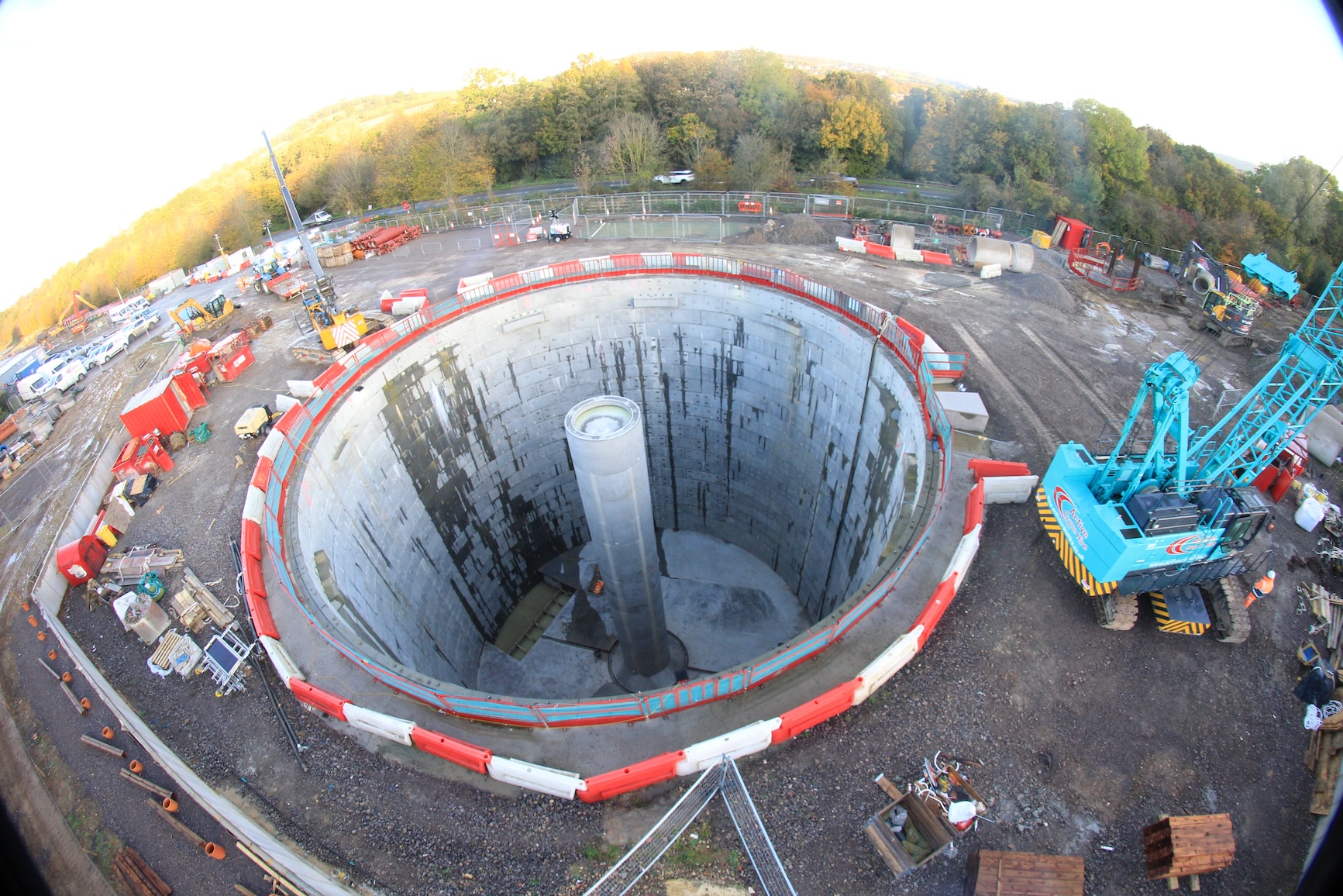
The Challenges of Concrete Curing
While curing is essential, it’s not always easy to get right. Here are some of the most common challenges contractors and engineers face when it comes to ensuring concrete cures properly:
- Environmental Factors
One of the biggest challenges in the UK, especially with our unpredictable weather, is maintaining the right moisture and temperature levels during the curing process. Cold, damp winters or sudden heat waves can both have a negative impact on how the concrete cures.
- Timing Issues
Concrete takes time to cure—time that contractors often can’t afford to lose on tight project schedules. Rushing the curing process can lead to weak, brittle concrete that doesn’t meet strength requirements.
- Inconsistent Monitoring
Traditionally, curing has required manual monitoring, with workers regularly checking moisture and temperature conditions. This can be time-consuming and prone to human error. Without consistent monitoring, there’s a risk that the curing process won’t be as effective, leading to structural issues later on.
Learn more about the importance of concrete temperature testing here!
How Technology Is Changing the Way We Cure Concrete
Fortunately, advancements in technology are providing new solutions to overcome the challenges of concrete curing. Wireless sensors are transforming the way contractors and engineers monitor and control the curing process. This makes it easier to ensure optimal conditions throughout.
Here’s how wireless maturity and temperature sensors are revolutionising concrete curing:
- Real-Time Monitoring of Curing Conditions
Wireless sensors allow contractors to monitor the temperature and moisture levels within the concrete in real time. This means you no longer need to rely on manual checks or guesswork. Your team can have instant access to accurate data from the moment the concrete is poured until it has fully cured.
- Automatic Alerts for Immediate Action
If curing conditions fall outside the optimal range (e.g., if the temperature drops too low or the moisture level becomes insufficient), wireless systems can send automatic alerts to project managers. This ensures that any issues are addressed immediately, reducing the risk of improperly cured concrete and saving you from costly repairs or delays.
- Remote Access to Data
With cloud-based platforms, you can access curing data from anywhere—whether you’re on-site or at the office. This real-time insight helps keep everyone on the same page and ensures that the curing process is progressing as expected, allowing for quicker decision-making.
- Speeding Up the Process Without Compromising Quality
One of the biggest benefits of real-time data is the ability to optimise curing times without compromising on quality. You’ll know exactly when the concrete has reached the required strength, allowing you to move forward with construction sooner. This will save you both time and money.
Case Study: Improving Curing Efficiency on UK Projects!
Let’s take a look at a typical scenario. Imagine you’re working on a large construction project in the UK during a particularly wet and cold winter. Traditional curing methods would require you to rely on manual monitoring. This can be difficult in harsh weather conditions and lead to inaccuracies. Worse still, unpredictable weather patterns could cause delays if curing is interrupted.
With wireless maturity and temperature sensors, you can monitor the curing process remotely and in real time. If the temperature drops too low or the concrete begins to lose moisture, you’ll be alerted immediately, allowing you to take swift action. This not only improves the accuracy of your curing process but also ensures the concrete achieves its optimal strength faster, helping to keep your project on track despite the weather.
Why Should UK Contractors Embrace Modern Curing Solutions?
Concrete curing might seem like a small step in the grand scheme of a construction project, but it’s one of the most critical phases for ensuring long-term success. By embracing modern technology like wireless sensors, contractors and engineers can ensure that their concrete cures perfectly every time, regardless of the environmental conditions.
With real-time monitoring, automatic alerts, and remote access to data, wireless sensors take the guesswork out of curing and provide an easy, reliable solution to one of the most important stages of concrete construction. It’s time to leave the old, manual methods behind and start using technology that will improve the quality of your builds and keep your projects running smoothly.
Conclusion
Concrete curing is a crucial yet often underappreciated part of the construction process. Without proper curing, even the best concrete mix can fall short of its potential, leading to weak, brittle, and crack-prone structures. The good news is that with the help of wireless maturity and temperature sensors, contractors can now ensure that curing conditions are optimal—saving time, reducing costs, and improving the overall quality of the project.
If you want your next project to go off without a hitch, it’s time to upgrade your curing process. Wireless technology offers faster, smarter, and more reliable solutions that can help you deliver strong, durable concrete that will stand the test of time.
